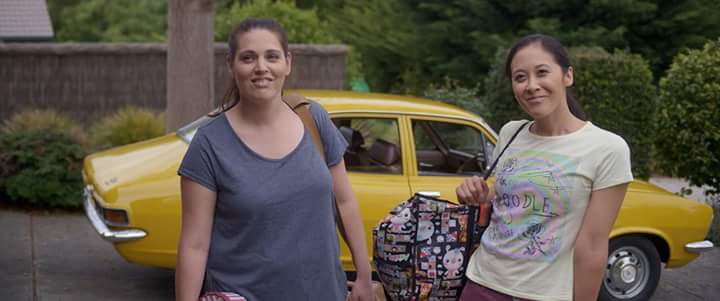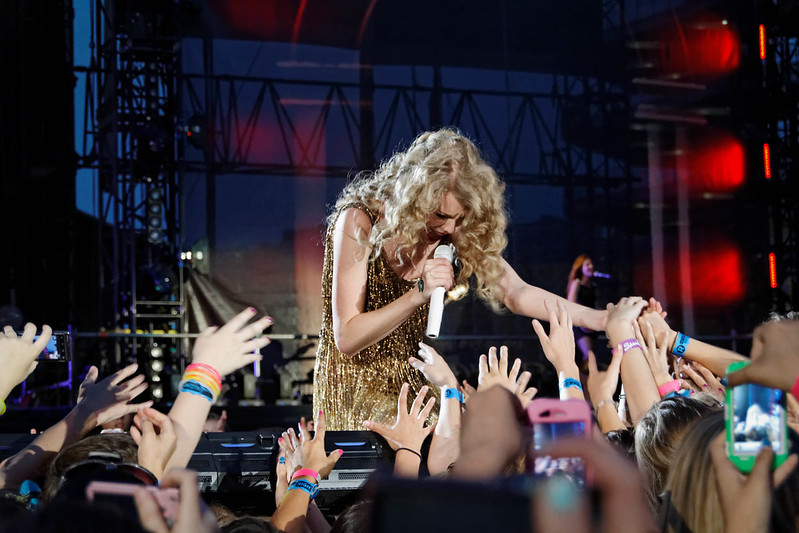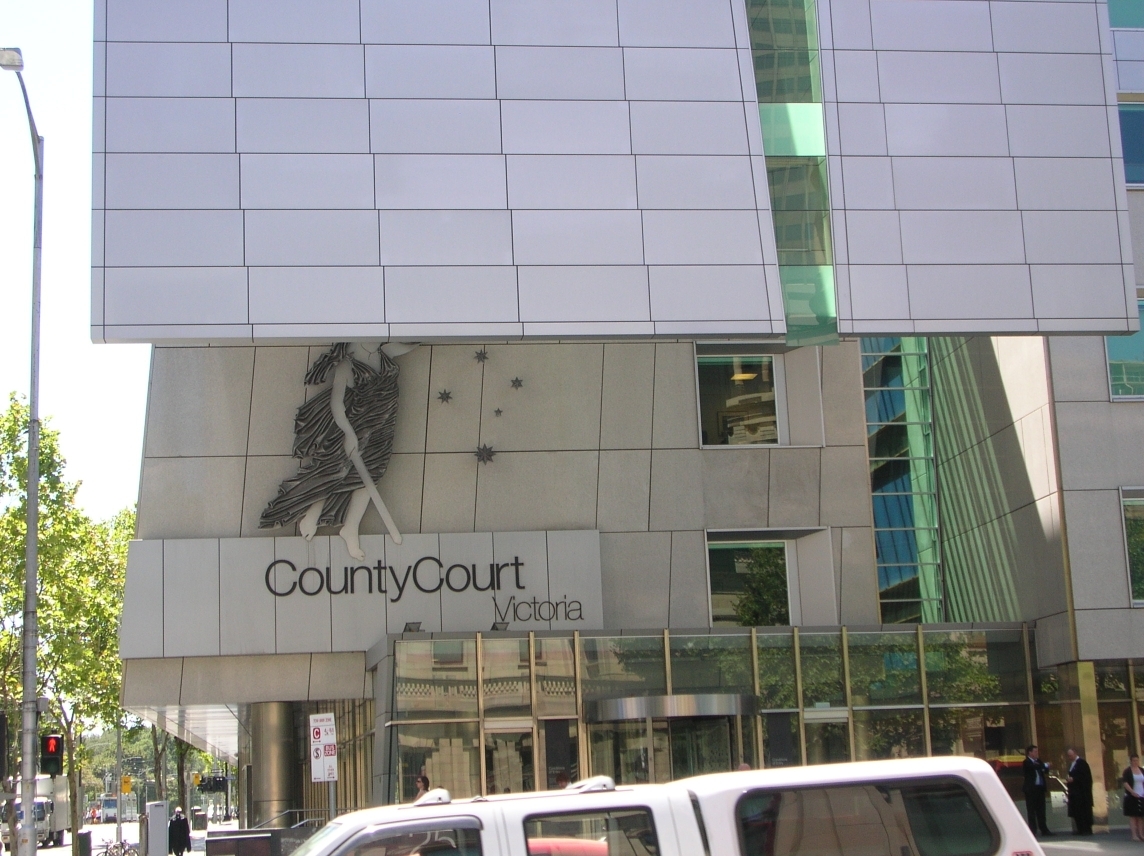The stories that flicker on our cinema screens not only entertain and move us, they also reflect back notions of who we are.
But what if most Aussie movies are made by men? This is certainly the case. Between 1970 and 2014, only 16% of Australian directors and 21% of Australian writers were female.
This means that what we see and experience at the cinema is constructed by and filtered through a male viewpoint.
While women’s involvement in television drama and documentary production is positive and promising, when it comes to feature filmmaking the participation rates are depressingly low, with little increase in women’s involvement since the 1970s.
At the end of 2015, Screen Australia – the nation’s major screen agency – sought to address this gender imbalance in the Australian film industry with a bold, five-point, 5 million dollar plan known as Gender Matters.
The agency found that while the number of emerging filmmakers at film school was split evenly between the genders, that women weren’t making the leap to established careers in feature filmmaking to the same extent as their male counterparts.
Deanna Ortuso and Joanne Nguyen are two film makers intent on filling the gender gap in Australian film. Together, they produced and star in Just Between Us, a road-trip movie written by Ortuso (and directed by Christopher Kay), which is currently playing at Melbourne’s Cinema Nova.
Just Between Us explores the personal transformation of Hannah (played by Ortuso), an introverted, 20-something recluse who goes on a road-trip with her neighbour Trixie (Nguyen) to scatter the ashes of her recently deceased sister. Departing Adelaide for tropical Queensland, the two make various stops that land them in extravagant situations where Hannah is forced out of her shell, and finds her inner-strength, courage and confidence.
The pair, who met at acting school, wrote Just Between Us out of sheer frustration at the lack of roles available to them.
“I’m not blond or a size 8 and so I’m very used to getting called up for those roles like the funny best friend, never a lead, never anyone with a lot of substance”, says Ortuoso.
Nguyen was also glad to avoid the racial stereotyping actors can sometimes confront.
“I was really grateful I wasn’t playing an Asian so to speak but a friend, a neighbour—someone who happened to be Asian.”
Ortuso believes that if it were not for the Nova or Umbrella Entertainment, the film might never have seen the theatrical-light-of-day.
“A lot of Aussie films hardly get a theatrical run, they often go straight to DVD or online somewhere so to be given a theatrical release was just amazing,” she told upstart
“We launched the film at Cinema Nova with a special premiere night including a Q&A, which went really well so the Nova gave us a one week run of screenings. Then, because those screenings completely surpassed anyone’s expectations, they gave us another week of screenings with extra daily sessions. Which is huge!”
While the industry support helped the film get seen, key individuals stepped up to lift the film’s profile including acting icons John Jarratt, Clayton Jacobson and Kaarin Fairfax.
Fairfax, a seasoned actress, met Ortuso and Nguyen in 2015 at Backlot Studios after a launch of StalkHer, a film she co-directed and co-starred in with Jarratt. She found their passion to tell female stories infectious and became an instant supporter.
“I love these girls a lot and I wanted to support them,” she told upstart. ”I loved the heart that Dee had managed to get into the script, the love of sisters, the love of friends… Also, at the time they wrote the story there weren’t many openings for roles we hadn’t seen a billion times before so it was a great opportunity to put these two beautiful girls who may not get cast in leading roles normally to show how awesome they are”.
The women’s success is a testament to the untapped potential that lies in Australia’s creative pool of female writers, producers, and directors.
While Screen Australia’s plan still has a way to go, progress is slowly being made. In 2016, 39% of funding applications approved by Screen Australia were female-led, up from 22% approved in 2015.
This brings us one step closer to be able to comfortably say that the images on our screens reflect our true diversity.
Fiona Villella is completing a Masters in Journalism at La Trobe University.







